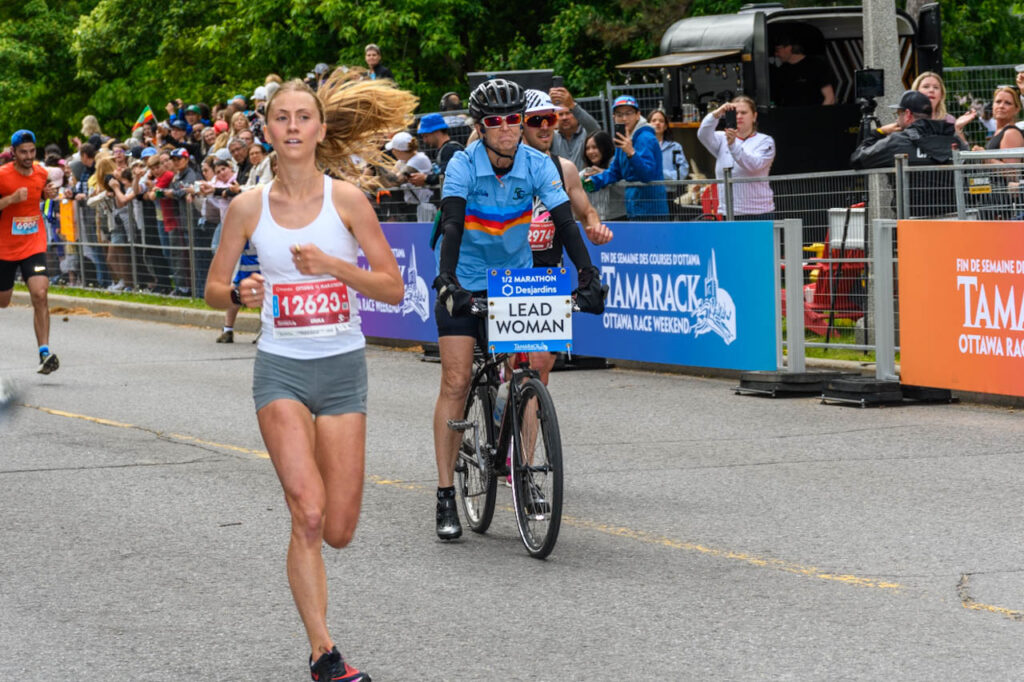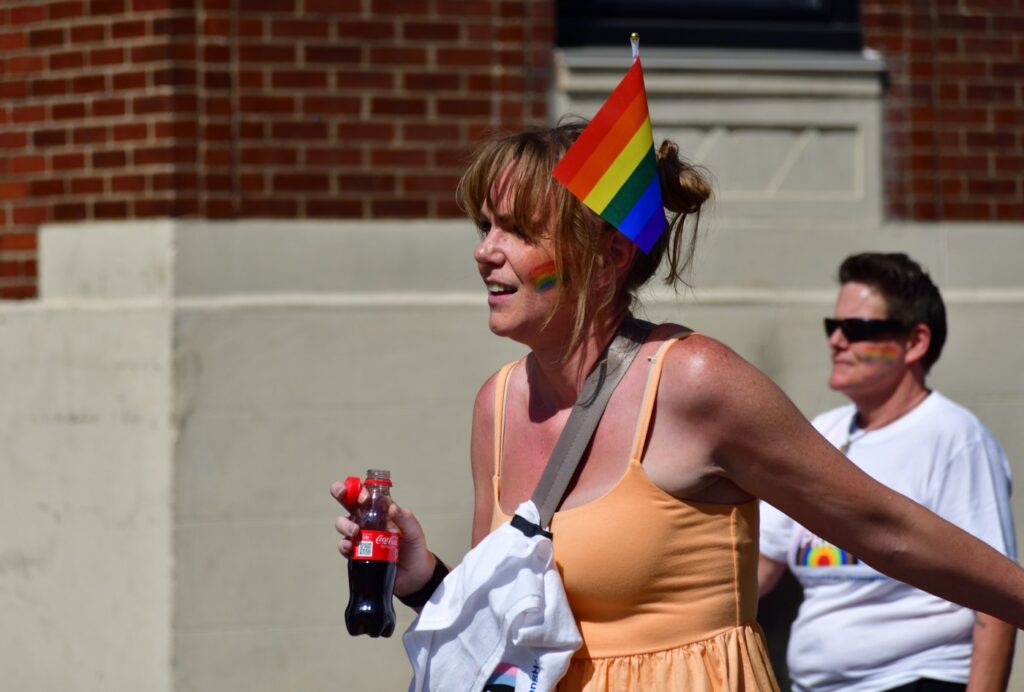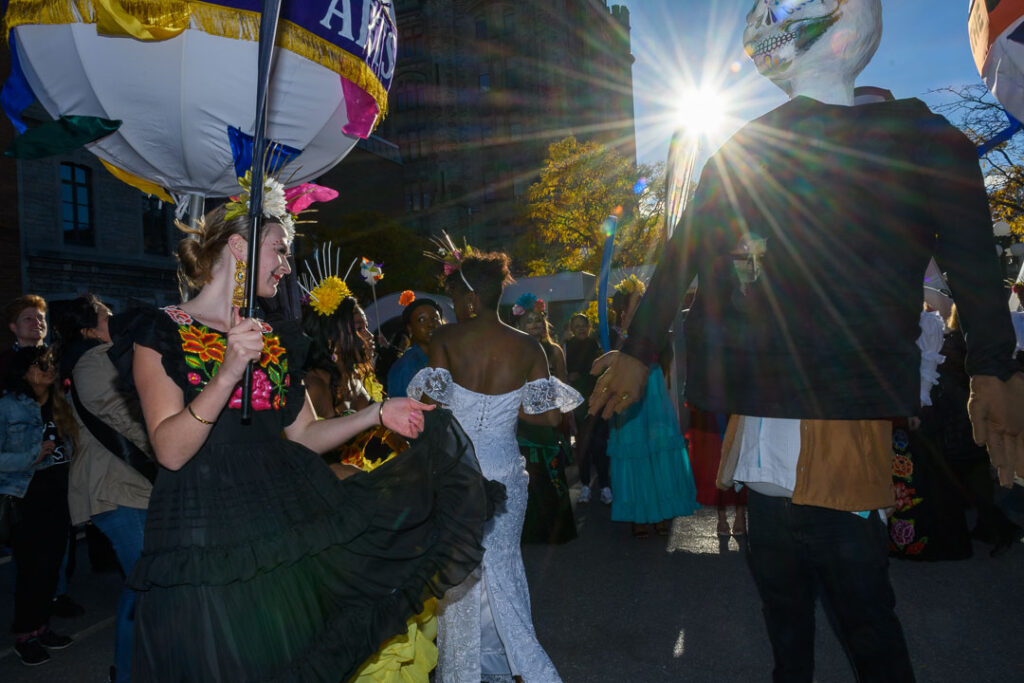I’ve never been a runner myself other than when I was in the navy and I had to pass a yearly fitness test in the 1970’s, but every year I look forward to walking from my Centretown apartment to the Ottawa International Marathon. It’s about a 20 minute walk to the finish line area near the Rideau Canal, and because I have to take all my kidney transplant-related medications around 8 am with food before I leave home, I generally aim to get there before the first runner arrives. As it’s usually the first major public event in Ottawa after the winter, it makes for a nice change from taking spring wildflower, magnolia and tulip pictures.
Some years, I’ve gotten there earlier so I could take a few street-type photos before the start of the race, but on this day, I was hoping to just get a shot of the overall winner, the top woman, top Canadian man and top Canadian woman. Honestly, I didn’t feel like having to sort through hundreds of photos afterwards. Luckily, I was able to position myself only feet from the finish line, and I took only one or two pictures of each of these runners.
One reason I limited myself is because I decided to use a camera-mounted Speedlight, and doing so, I knew that I likely would have only one good opportunity per athlete as they approached the finish line before my flash recycled. In the past, I found that even when sunny, the light is somewhat flat or the faces in shadow at that location because of all the trees, and this morning was light overcast. I like my subjects bright, so I decided to take a chance with flash this year.
Now, flash with fast moving athletes can be tricky, not only because the flash may need a second or two to recycle, but also because the camera’s maximum flash sync speed may not be fast enough to prevent motion blur from the ambient light. You often hear that flash will freeze motion. That’s true, but if your exposure must also include bright enough ambient light, some of the exposure from that may induce some motion blur. I figured I would take a chance with it to brighten the runners’ faces against the background, and I took a few test shots of staff walking by on the road before the first runner arrived, to make sure I would be close enough for the Speedlight to have an effect.. Still, if it didn’t work out with an actual runner, I knew I would get a blurred shot of the winner, with no second opportunity. That would really have ruined my day.
Another aspect of freezing motion with flash many people don’t realize is that a burst of flash has a duration which is sort of analogous to shutter speed. This is called flash duration, and it varies depending on the flash power being used. The higher the flash power needed, the longer the flash duration, and at some point, it may actually not be fast enough to completely freeze motion. The SB-700 Speedlight I was using has a flash duration of 1/1042 sec. at full power, which I thought would be fast enough in this situation, especially if I panned with the athletes as they went by me.
Anyway, I decided to live dangerously by panning with the runner with the flash set to rear curtain sync, the idea being that any blurred motion would have a touch of flash sharpness superimposed on it at the end of the exposure. Of course, this will only work if you’re within flash range of the subject, otherwise you won’t get enough flash onto the subject to freeze any motion at all, at least not that close to a runner at 1/250 shutter speed. I know about so-called high speed sync, but that cuts your flash power too much to be of any use in this scenario. It seems to have worked out reasonably well.
I should point out that using flash this way is not what YouTube photographers and denizens of photo forums refer to as “overpowering the sun”. In their fantasy world, you would have to be carrying the sun itself in your pocket. I’m not using flash as a key light nor am I underexposing the ambient, so I don’t need it to be as bright as full midday sun. It’s just fill flash, made a little more complicated because of running subjects.
Shot with my 5 year old Nikon D7500 crop sensor DSLR, its 18-140 mm DX “kit” zoom, and a Nikon SB-700 Speedlight. I shot raw and processed the results in Adobe Photoshop Lightroom mobile on my iPad, because I find that Nikon’s native processing is always too contrasty for my tastes with these kinds of photos.
Click on the photos to see the runners’ names in the caption. The runner in the feature photo at the top of the post is Erika Jordan of Morrisburg Ontario, who finished 1st female out of 5298 in the Half Marathon.







